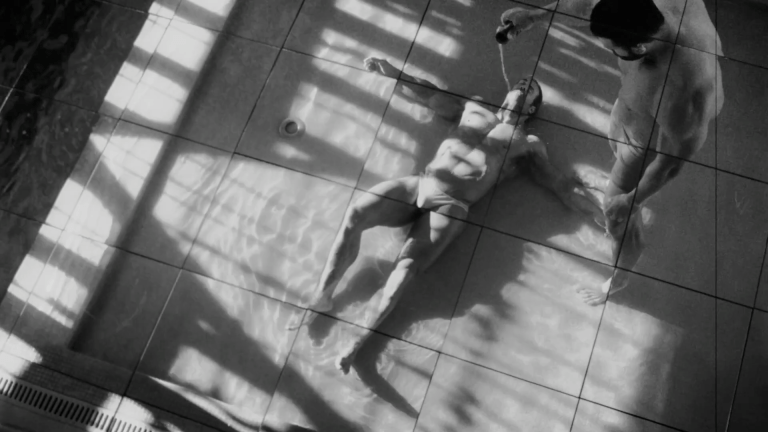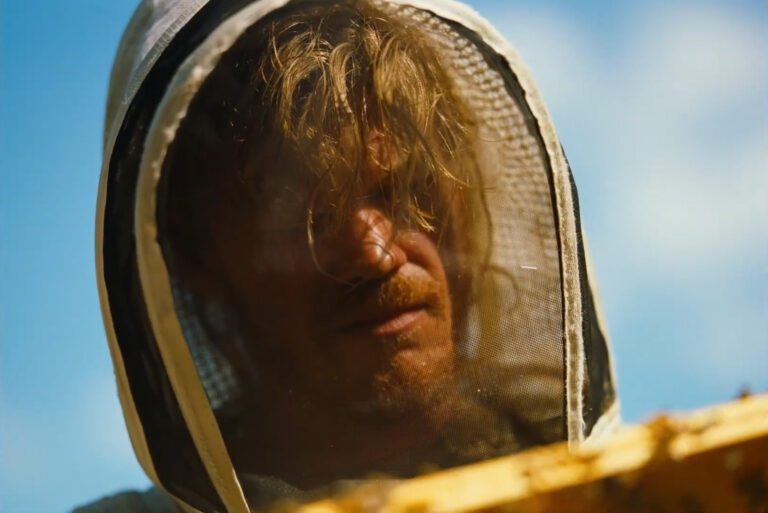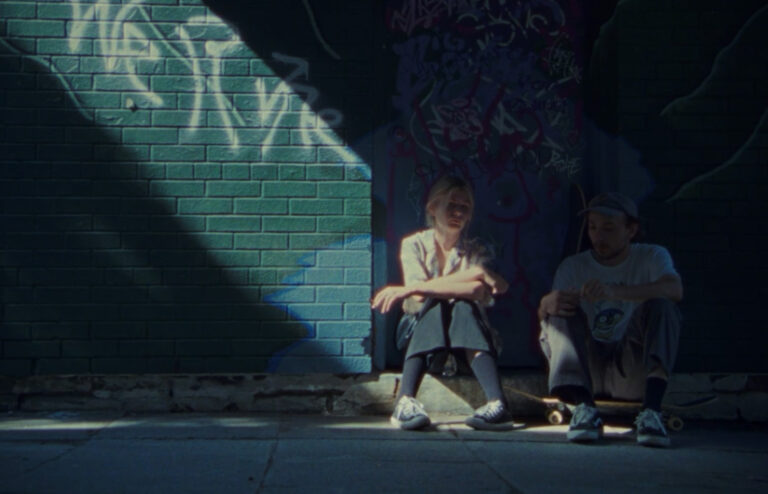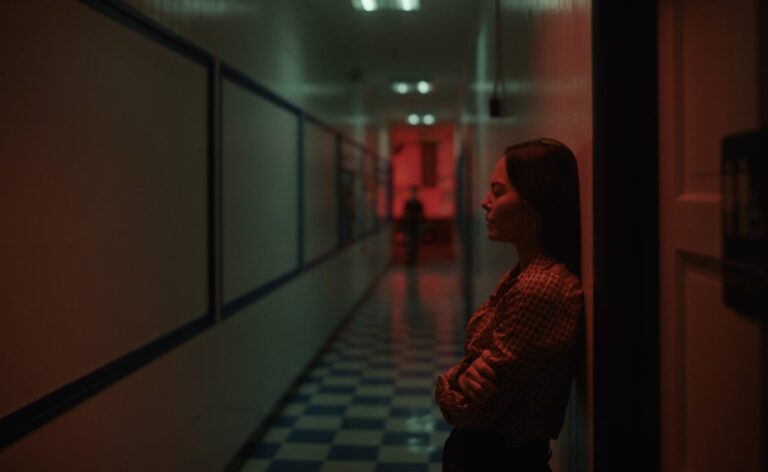Suggested Terms
Director
Location
Format
Festival
Agency
Production Company
Record Label
Award
Country
- United States
January 2022
Eddie Alcazar directs ‘The Vandal’.
A man recovering from a lobotomy suffers a devastating loss.
Country
- United States
Credits
-
Director
-
Executive Producer
Darren AronofskyScott FranklinSandy HaddadTed RobbinsMatthew Krul
-
Producer
Javier LovatoThomas Hildreth













